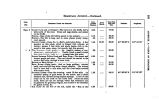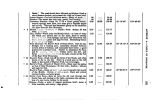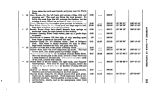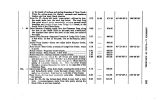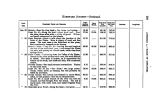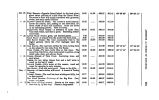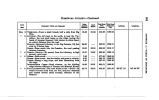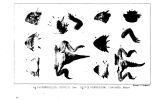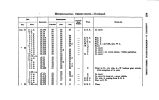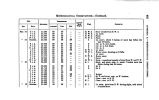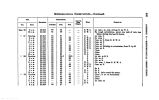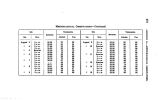| OCR Text |
Show VALLEY 07 THE PANNACK. 91 stones, altered shales, and veins of the same feldspathic rock noticed in the pass. The strata were inclined east by north, at an angle of 70°. The ridge seems to run a little west of north, until it disappears in the valley of the Snake Biver. Upon the summit of this " divide" was found what was at first thought to be altered coal, but upon farther examination it appeared to he an aluminous rode, containing but a small trace of carbonate of lime. Its colour was black, hardness greater than that of feldspar, and the form a rhombic prism. The limestone was crystalline, and con* tained numerous specimens of shells and corals, but in so altered a state that it was impossible to determine them. The length of the fork of the Pannack which we descended is sixteen miles. It pursues a westerly direction, until it joins the main stream, which latter flows from the southward, through what appeared to be a well- defined valley. The ground for a road is excellent, with only one or two exceptions, which are not of a serious character. On descending the dividing ridge in which it heads, the rocks were hidden by a black, rich soil; occasional boulders of granite were seen on the surface, but no section could be obtained until we came to a gorge about five miles down the valley. Here the river cuts through a much lower ridge of hills, composed of limestone, dipping to the east, at an angle of about 68°: below this the stream has cut its bed through secondary hills formed of argillaceous sandstone and clay, both of which are white, and mixed with pieces of obsidian and occasional boulders of serpentine: still lower down the valley, a section in a ravine to the right of the road, discovered some rocks which might almost be considered cretaceous; alternating with white argillaceous sandstone, they contained a considerable quantity of organic remains, principally coral, but so much altered by heat that it was impossible to determine them with precision. The dip* of these strata was about 10° north- east. The beds were covered by the remains of disaggregated conglomerate, composed principally of porphyry and granite. Proceeding down the stream, metamorphic sandstones, crystallized almost to the whiteness of white quartz, were found, forming escarpments of the lower hills; a short distance below this point, a ridge of hills, composed of limestone, shales, and red sandstone, extended across the valley; they were all much inclined, with a dip to the east. At this point, where the . river cuts a passage through this chain, a mass of feldspathic rock was seen. The dip |
































































































































































































































































































































































